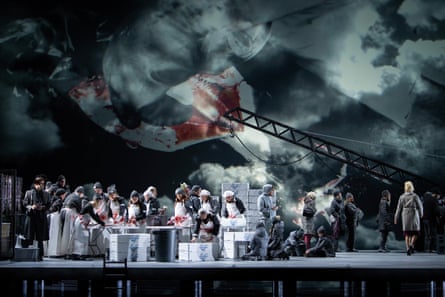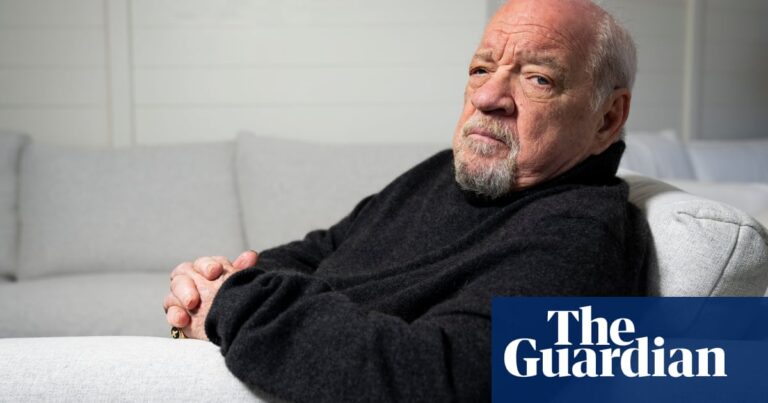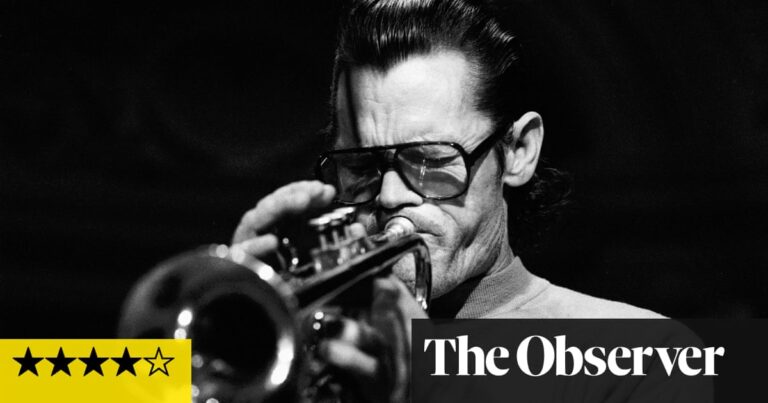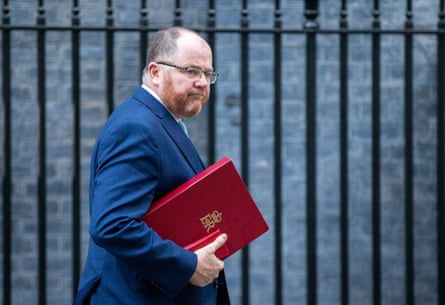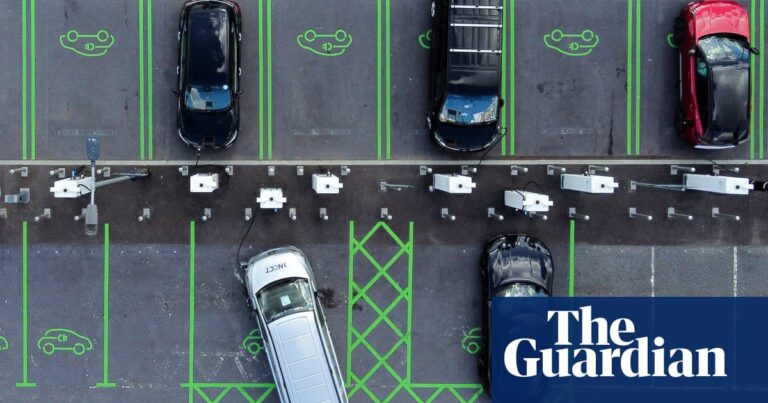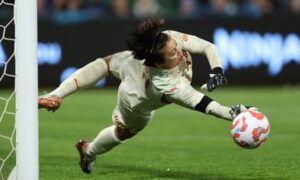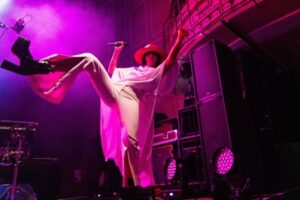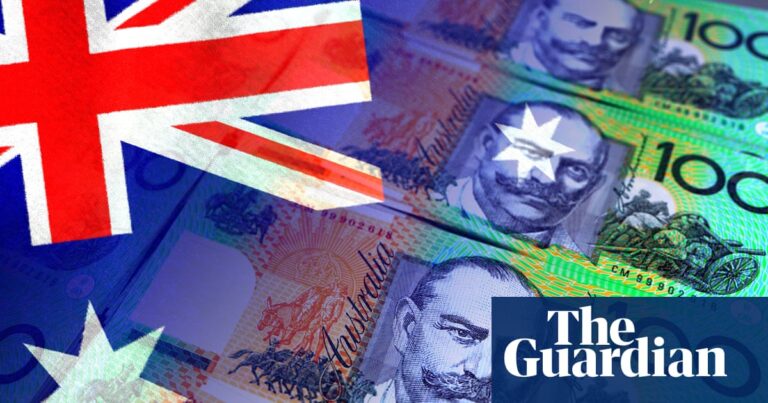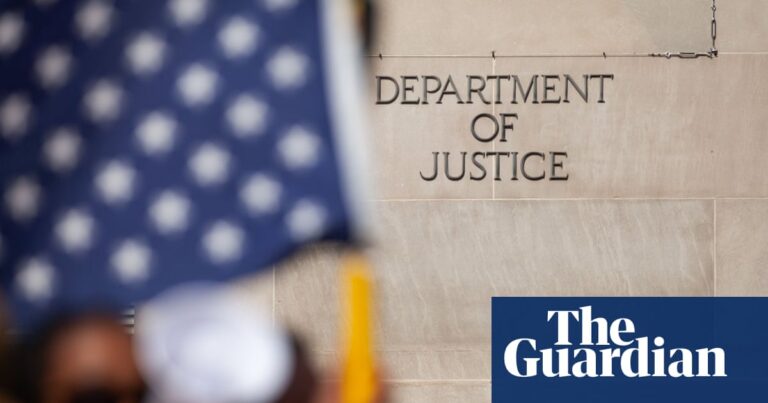Guess how many piano-led ballads by a female artist have topped the UK singles chart this decade? Just one – Adele’s Easy on Me – and that was almost three years ago. There was a time you simply couldn’t escape the powerhouse vocals of legendary divas and their huge, impossible-to-sing (but don’t let that stop you trying) epics. But these days, the pop diva – fusing untouchable vocal prowess and range with a larger-than-life aesthetic – is becoming something of a rare breed.
With her huge hair, dramatic gowns and almighty voice Adele is one of those divas. Earlier this summer, she announced that she will be taking a “big break” from music once the curtain falls on her final Las Vegas show on 23 November; this weekend, she told an audience in Munich that after those 10 shows, “you won’t see me for an incredibly long time”.
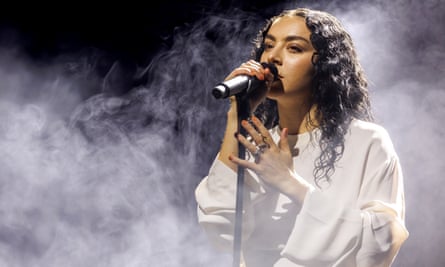
While women remain a dominant pop force – with the likes of Charli xcx, Sabrina Carpenter and Chappell Roan ruling the summer, not to mention Taylor Swift – hardly any of them exist in the tradition of, say, an Aretha Franklin, Barbra Streisand, Cher, Whitney Houston or Mariah Carey, as Adele does. With the exception of perhaps Beyoncé, said Dr Kirsty Fairclough, co-editor of Diva: Feminism and Fierceness from Pop to Hip-Hop, new divas “are at risk of becoming a cultural relic. There is a diva deficit right now.”
One reason for the decline, said DJ Louie XIV, host of the Pop Pantheon podcast, is changing public attitudes to female vocal styles: “The last 10 to 15 years has seen a precipitous decline in people caring about big vocals.” While there are plenty of exceptional female vocalists out there – from FKA twigs to Jazmine Sullivan and Billie Eilish – the voice is often not their primary selling point, as it was for divas of the past. Even Ariana Grande, renowned for her Mariah-like vocal range, has “reined in her voice quite a bit”, said Louie XIV. “She has adapted to doing a lot of really rhythmic singing.”
For years, TV talent shows such as The X Factor and American Idol promoted the idea that your local shopworker or neighbour could be secretly harbouring this kind of superhuman talent: the likes of Alexandra Burke, Kelly Clarkson, Leona Lewis, and Susan Boyle were plucked from obscurity to shatter the illusion that powerful vocal gymnastics were the province of legendary divas, and “dismantled the mystique of ‘the voice’ being otherworldly”, said Fairclough.
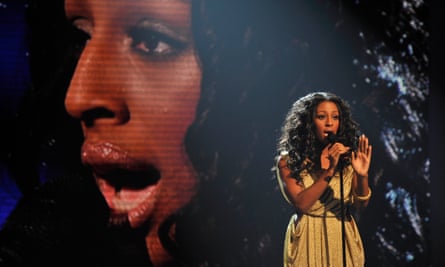
Coupled with the rise of social media, these shows also crafted the idea that a pop star should be accessible and relatable, creating a significant “realignment of values for pop audiences towards authenticity over virtuosity in stars, compared to the peak era of the 90s pop divas of Celine [Dion], Mariah and Whitney,” said Louie XIV. “The intrinsic values of the untouchable, glamorous big-voice diva are oppositional to that.”
As a result, many of the female pop stars burning brightest right now are those who have been able to thread the needle between diaristic, self-aware songs and a cartoonish but still down-to-earth persona. Yet male balladeers continue to thrive: Teddy Swims’ piano-driven Lose Control spent nearly five months in the UK Top 10 last year, and Ed Sheeran’s ballad-heavy repertoire helps him continue to sell out stadiums.
Adapting and innovating are part of the double-standards facing women in the music industry. As Swift said in her 2020 documentary Miss Americana: “The female artists I know of have to remake themselves like 20 times more than the male artists, or you’re out of a job.” Divas are no exception.
“Divas have always had to reinvent themselves because of the misogyny and patriarchy in the music industry,” said Fairclough. “It’s a well-worn trope that if a woman does the same thing she’s boring. People say Adele got boring because they think she’s performing the same kind of songs over and over again.”
It seems unlikely that the music industry will be spending time and money trying to develop the next generation of divas, said Nick Huggett, the music executive who first signed Adele: “The music industry has a fear of anything that feels or seems old-fashioned. [It] wants to appeal to young audiences on TikTok and Instagram. Social media has become a huge driver of popular music and I’ve found the industry to be reactive to that rather than trying to challenge it or create the next new wave of talent.”
after newsletter promotion
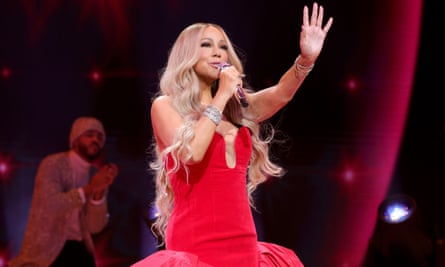
But the history of pop is awash with comebacks and innovations that show how wrong anyone is to ever count the divas out. Carey ditched her black dress balladeering in favour of blending pop and hip-hop in the late 90s, while Cher brought Auto-Tune to the masses on her career-changing 1998 hit Believe, and Beyoncé keeps audiences guessing with her genre-crossing albums.
“Never count out the cyclical nature of pop music,” said Louie XIV. “You can count a certain thing out, and then it finds a way back.” To find the next generation of divas, he said, “I think we’d have to fuse the vocal elements of those divas with writing that is hyper-personal and specific.” Or in the case of Lady Gaga, join forces with a crooning male singer in the form of Bruno Mars to release a bombastic duet like Die With a Smile.
Vegas residencies, as well as memoirs by Streisand and Cher’s forthcoming multi-volume tome prove the interest is still there, as does the hype around Dion’s comeback performance at the Paris Olympics opening ceremony, said Fairclough. “[Dion] reminded us all with that Olympics performance about what a true diva actually looks like. I think she has helped put the diva back on the agenda in a lot of ways.”
Though Dion may never top the charts again, her return to the world stage was a poignant embodiment of the motto of the original diva, Isabella Andreini: the flame rises. And so, too, may the diva.
Source: theguardian.com









